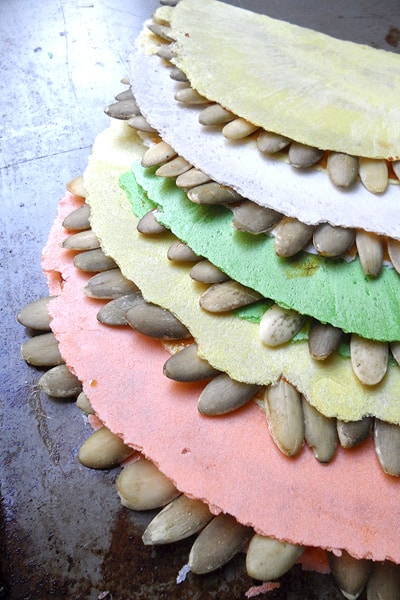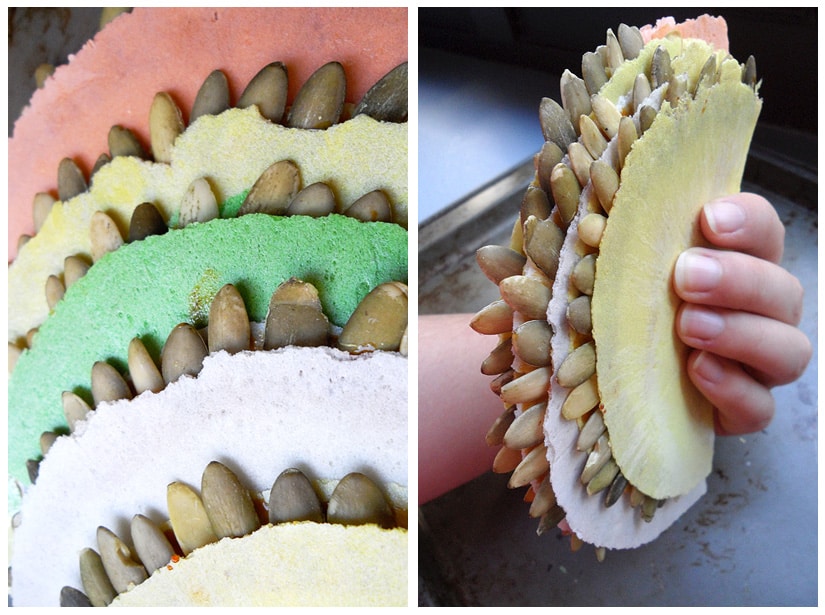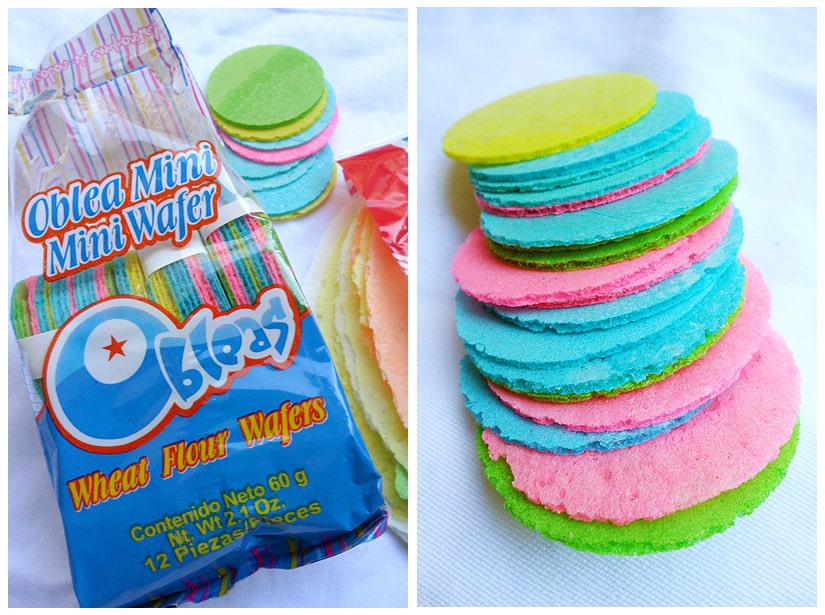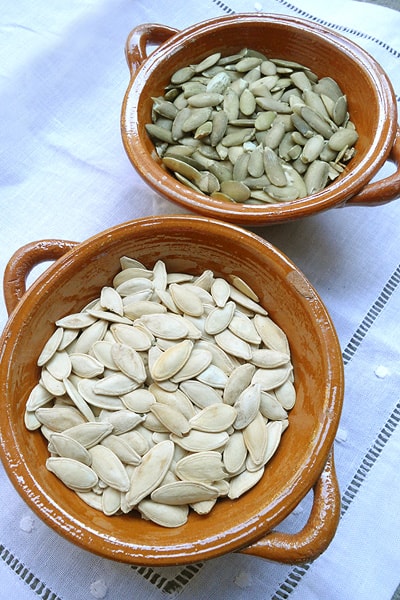
In the days of the Aztecs, Día de Los Muertos was a festival celebrated the entire ninth month of the Aztec calendar, but when the Spaniards arrived in the New World and attempted to convert the indigenous people to Catholicism, the holiday was moved to a single day to coincide with the Catholic All Souls’ Day on November 2.
The Spaniards disliked the indigenous traditions and may have labeled them as barbaric and pagan, but Día de Los Muertos is not as scary – or sad – of a holiday as some think. This holiday actually has very sentimental roots. It’s all about celebrating life and honoring the dead.
In some places in Mexico there are parades, people decorate the gravesites of their deceased loved ones and construct altars in their homes with offerings, called ofrendas, for the souls of the dearly departed. Altars often include items like photographs of the deceased, items they may have owned, foods and beverages they may have liked, flowers and even sometimes a pillow and blankets for the souls to rest after their long journey.
Día de Los Muertos is one of the most beautiful and unique holidays in Mexican culture because everyone, young and old, shows their love and respect for the family members and friends that have passed away over the years. Celebrating their lives is also a reminder to the living to cherish their time on earth.
One of my favorite things to do in Mexico City is go to the tianguis, or open-air market. Part of the reason I love them so much is because they’re a vibrant reminder of what it means to truly be alive. I love everything about it: the arts and crafts for sale; the tinkling strains of melodies being played by street musicians; the food stalls with everything from jamoncillo (milk fudge) and dulce de calabaza cristalizada (dried candied pumpkin) to tacos de canasta (tacos in a basket).

On my first visit to the Bazar Sábado in Mexico City’s San Angel neighborhood several years ago I was delighted by all the makeshift stalls selling artisan crafts and every kind of sugary homemade treat I could imagine. Many of the stall owners off the Plaza Jacinto were offering generous samples to entice potential customers to buy a medio-kilo of this or a medio-kilo of that. One of the things that caught my eye at several of the stalls, though, was a hanging treat bag with brightly colored half-moon wafers that had pepitas sticking out of them and some kind of sticky miel holding them together. I was entranced.
“They’re pepitorias,” my suegra told me. She handed the stall owner a few coins with a smile and gently pulled a bag down from the clip from which it was hanging. As I took my first bite, it was both sweet and salty and I was definitely in love. Suddenly, I noticed the vibrant-colored obleas everywhere I went and I seem to have developed an internal radar for finding them ever since.
Earlier this year, I discovered one of my favorite Mexican grocers began carrying obleas in three different sizes and all the colors of the rainbow so of course I bought a package of each size. As candies and other treats are often given as ofrendas for Día de Los Muertos, I’ll be including pepitorias on my altar this year.

RECETA
PEPITORIAS
- 1 package of Obleas de harina de trigo (colored wheat wafers)
- Pepitas or pumpkin seeds
- Melaza (unsulfured molasses)
METHOD

Fold the wafer in half so that you have two half moons. They may crack completely and that’s just fine. It’s okay if they don’t crack evenly or if you have a few jagged edges.
Using your finger, the back of a very small spoon or a miniature pastry brush, dip your chosen tool into the molasses and lightly spread along the inner edge of one side of the wafer. I prefer to use my finger to feel the molasses and avoid using too much. If you use too much, your pepitorias will be drippy with molasses and will bleed through the wafer, making them very sticky. The key is to use just enough molasses so the seeds will stick but not so much that the seeds are able to shift easily. Once you’ve finished, place the pepitas or pumpkin seeds onto the molasses so they are stuck to the wafer and protruding halfway out.
Gently spread molasses on the inner edge of the other half of the wafer as well as a little in the center so the two pieces of wafer will stick together. Align the wafers so the molasses strip on the second half of the wafer fits snugly against the seeds and press gently in the middle to make sure the wafers are stuck together.